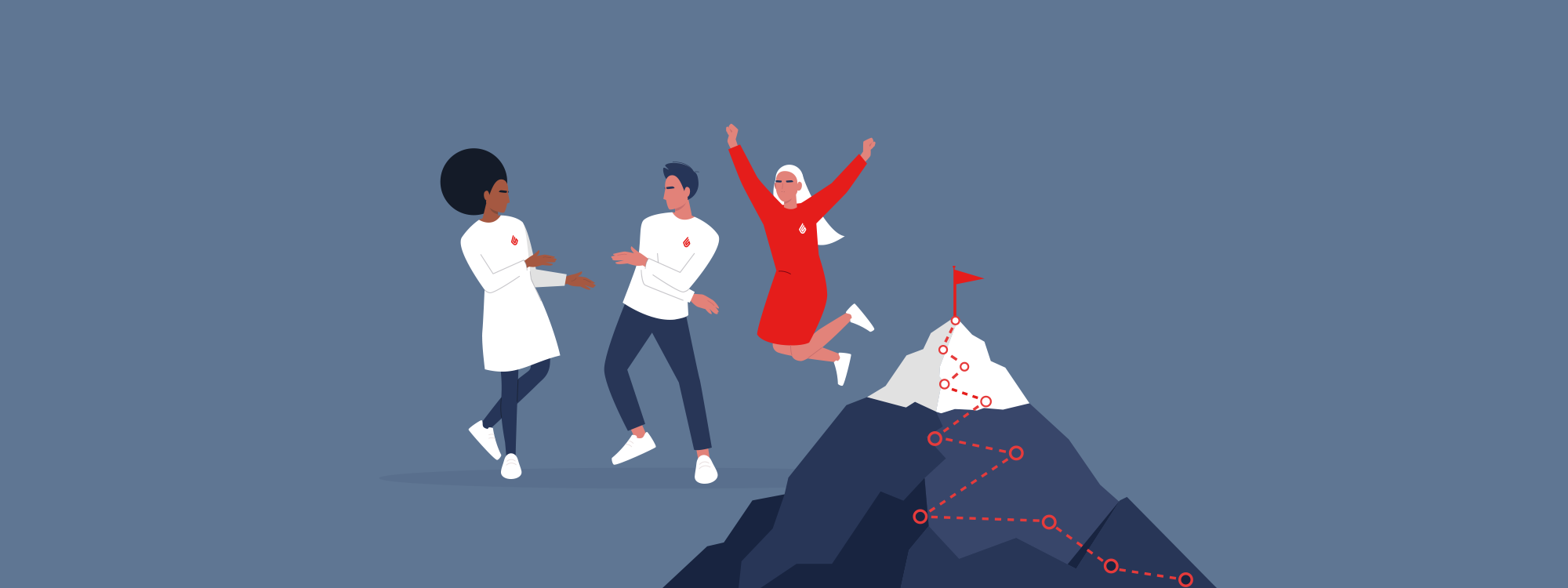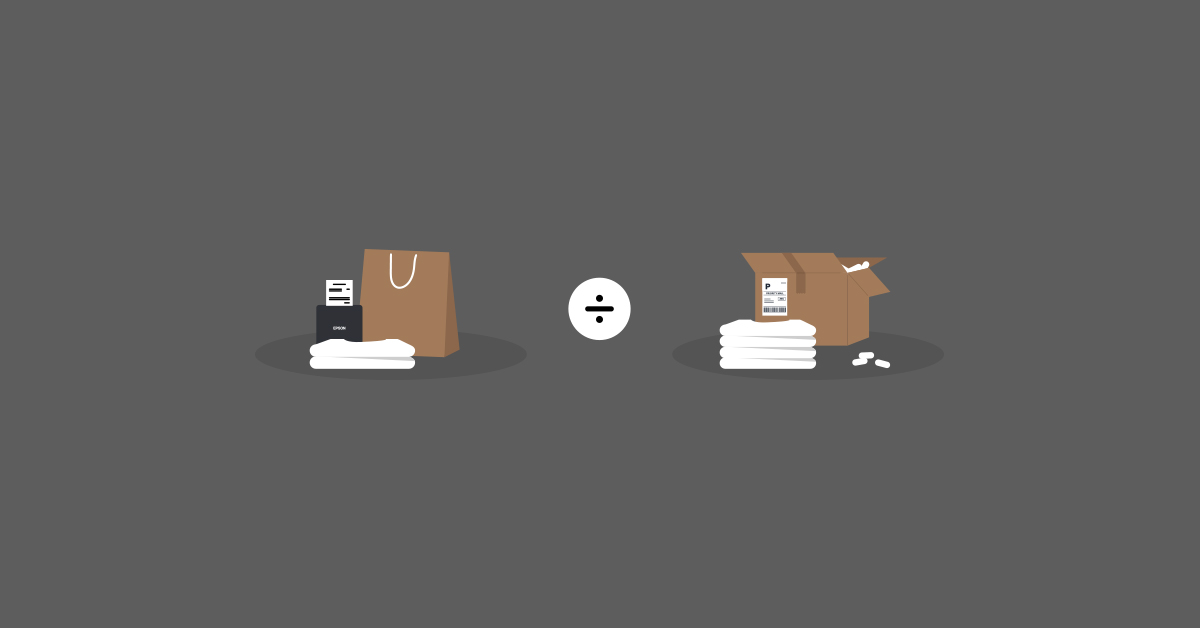
How do you get consumers to choose your brand over another?
It’s an age-old problem, one that has become all the more pressing in our information age.
Mapping and tracking the digital customer journey helps customers not only land on your website and buy your products—but become loyal customers, even brand ambassadors.
Let’s explore
What is a digital customer journey?
Before buying your products or services, customers go through a series of interactions and touchpoints with your brand.
Each touchpoint has the potential to influence their purchasing decision: to choose you over everyone else.
This is the digital customer journey.
In overcrowded digital spaces such as Google or social media, nailing every step in that journey is crucial for conversion.
What the digital marketing journey can tell you
Mapping your digital customer journey can help you track where consumers are interacting with your brand, and where they’re dropping off.
Using tools like Google Analytics, you can track whether visitors to your homepage end up on your product pages, or if they reach your website from social media, organic search or referrals.
If users land on your homepage but don’t continue to product pages or give up their contact details, you’ll need to further optimise the consumer journey to send them further down the funnel.
Or maybe they do make it all the way to checkout, then drop off.
That should tell you that you need to further optimise your website speed or design to guide users all the way to the finish line.
Digital customer journey vs. traditional marketing funnel
In marketing, consumer journeys have traditionally been represented as a funnel. Companies push consumers through stages of awareness, consideration and conversion.
Indecisive customers start at the top of the funnel with a large set of brands to choose from. Companies use marketing resources to move them further down the customer funnel until they eventually make the decision to purchase.
That’s the goal, anyway.
It’s a helpful model for guiding decisions on where to focus efforts and when.
But in an age where consumers are more informed and empowered than ever before—it falls short of the mark.
Evolution of the digital customer journey—from push to pull
In simpler times, companies would push consumers through the marketing funnel with company-centric touchpoints like TV and radio ads, billboards and direct marketing.
In the information age, however, customers pull helpful information towards them through online research. This is what ultimately influences their buying decisions.
The digital marketplace is complex and consumer choice is more diverse than it’s ever been. That means consumers put a lot of time into research before making a purchase.
Businesses must craft a digital customer journey that reflects how customers behave when making a purchasing decision, and learn ways to influence that behaviour.
As a natural progression from the traditional marketing funnel model, McKinsey identified key phases in the digital customer journey where customers can either convert or drop off.
- Initial consideration
- Active evaluation
- Closure
- Postpurchase
The different stages in the digital customer journey
Initial consideration
Traditionally, this is what would be referred to as the ‘awareness’ stage. It’s when the consumer realises they need something.
They may want to upgrade from a manual coffee grinder to an electric one or replace their outdated TV with one they can watch Netflix on.
They’re probably unaware that your brand or product exists yet, but they do know what they want.
So, like any modern consumer, they go online and do some research. This is your first potential touchpoint in the digital customer journey.
During this stage, consumers will usually consider a limited set of brands. In such an overcrowded digital space, it’s important that yours cuts through the noise and ends up in that set.
Brands that feature in a consumer’s initial consideration are more likely to win out at the closure phase.
This is why a strong web presence and content marketing strategy is so important for brands.
If you can answer a consumer’s questions about a product, they’re more likely to end up on your page.
Once there, you can guide them further through the customer journey towards a sale. Do this through assets like blog posts, webinars, tutorial videos or ebooks.
Active evaluation
As consumers actively research their purchasing decisions, they add or eliminate brands from their initial consideration.
At this stage, consumers may consult friends or family for advice or read online reviews.
Therefore, it’s important that you listen to reviews and feedback regarding your product experience and customer service, and iron out any kinks.
How a customer experiences your products and services will determine whether or not they recommend it to others, which could make or break the active evaluation stage in the digital customer journey.
We know, this page is supposed to be about the digital customer journey.
But the power of word-of-mouth marketing just goes to show how both real and digital interactions can interact to influence final buying decisions.
Closure
The closure phase is when the consumer makes the decision to buy your brand. It’s obviously one of the most important steps in the digital customer journey (but not the final one).
There are certain ways to drive customers from the active evaluation stage to closure:
- Bottom-of-the-funnel content that explicitly talks about your product and the benefits that come with it.
- A clear checkout CTA and a smooth checkout experience
- A sleek and professional web design that instils customer trust.
Post-purchase
The digital customer journey doesn’t end at purchase.
How consumers experience your product after buying it will impact whether they choose to buy with you again, or recommend you to others.
The post-purchase stage is where businesses can foster customer loyalty.
But not all loyalty is equal.
These days you have two types of loyal customers: active loyalists and passive loyalists.
Active loyalists are your brand evangelists. Not only do they choose your brand, but they also recommend it to others. This is the most valuable kind of customer loyalty.
The other is passive loyalists—loyalty customers who buy your brand for no other reason than habit or chance.
Passive loyalists wouldn’t necessarily recommend you to others and are at greater risk of converting to another brand during the active evaluation stage.
It’s also crucial to keep passive loyalists on board, especially since they could quite easily go the other way.
You can create active loyalists through handsome promotions and offers, loyalty programs and special perks like lifetime warranty, free shipping and returns, and awesome customer service.
Lead consumers to the finish line
Now that you know how consumers behaviour at different phases during the digital customer journey, you have a better chance of driving them to conversion.

News you care about. Tips you can use.
Everything your business needs to grow, delivered straight to your inbox.


